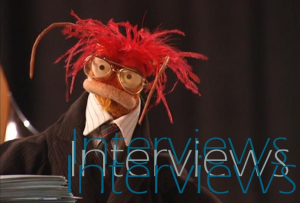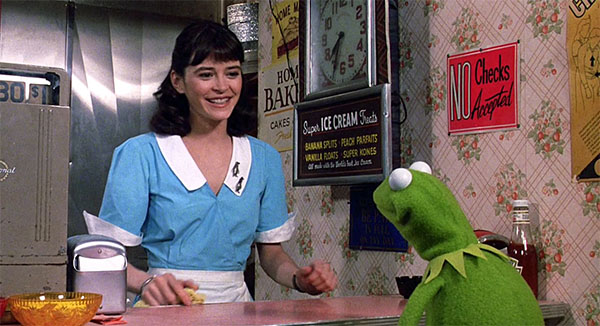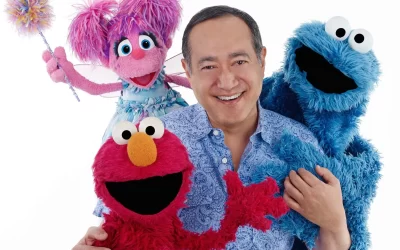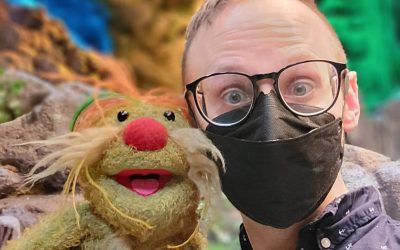Mitchell Stein – Two weeks ago, I had the fantastic pleasure of interviewing Kirk Thatcher, who is well known for his work in Hollywood for dozens of legendary franchises ranging from Star Trek, Star Wars, E.T. and most notably, the Muppets. Many fans know Kirk from his directorial work on various Muppet productions from the early 90’s through today. Kirk continues to work with the Muppets and Henson on a regular basis and has a ton of really interesting and wonderful stories which I’m really happy to share with you.
Because there’s just so much great information that was covered, we’re splitting this interview up into three multiple entries, so be on the lookout for parts two and three coming soon. Join us as we discuss Kirk’s work on everything under the Disney umbrella from Star Wars, to Muppets, to the Henson-produced Dinosaurs and more! Special thanks to Jarrod Fairclough for his help on the questions!
Interview with Muppet Writer and Director Kirk Thatcher
Conducted by Mitchell Stein
Mitchell Stein: Can you give us just a brief rundown of your early career and how you got started in the film industry?
Kirk T hatcher: Haha, well I’m not sure how brief I can be, as I’ve been working for about 34 years, but I started out in special effects designing creatures for Lucasfilm. My first film that I worked on was Return of the Jedi, so I worked on the Creature Shop on that, then I did some odd jobs on Creature Shop at ILM (Industrial Light & Magic), Star Treks 3 & 4, did some work on E.T., Gremlins and Poltergeist, helping out in “the rubber room” as they called it.
hatcher: Haha, well I’m not sure how brief I can be, as I’ve been working for about 34 years, but I started out in special effects designing creatures for Lucasfilm. My first film that I worked on was Return of the Jedi, so I worked on the Creature Shop on that, then I did some odd jobs on Creature Shop at ILM (Industrial Light & Magic), Star Treks 3 & 4, did some work on E.T., Gremlins and Poltergeist, helping out in “the rubber room” as they called it.
I later worked on Gremlins, and after that I did some rock videos with David Fincher as a production designer, he and I and another gal formed a rock video production company up in the San Francisco area. After that I was an associate producer on Star Trek IV: The Voyage Home played “the punk on the bus” as well, did some fun stuff on that film, and then I met Jim Henson the same year it came out.
I worked with Jim for some of the few years that he was still around. I worked on The Jim Henson Hour with him, and some other projects, and Dinosaurs was the last thing we were working on when he passed away. I became a producer on Dinosaurs and wrote some episodes as well as designing all of the characters, then co-wrote Muppet Treasure Island with Jerry Juhl, and worked on Muppets Tonight as a producer, and we won an Emmy for that for Best Kids Programming. I then started directing Muppet TV movies and Muppet viral videos throughout the 2000s up until today.
So, that’s the briefest rundown I could give!
MS: An impressive resume! Moving onto my next question, can you tell us how you came to work on Star Wars?
KT: Well, this was back in May I believe of the year that Star Wars was coming out. I knew that it was coming out because I read the book so I was pretty excited for it, and read about it in some magazines which described it as some epic sci-fi fantasy so I was very excited to see it. My mom came home from Church and told me she met a very nice woman who said her son worked on Star Wars, and I said “really? What did he do?”
Turns out his name was Joe Johnston, which was pretty awesome because I owned his sketchbook, and I asked if I could meet him and it was no problem. To cut to the chase, I met Joe when I was 14 or 15 and he showed me around ILM, and he gave me a tour of the studio.
I kept in touch with Joe and I was very into building models and creature sculptures at home so I talked to him about what I wanted to do and he was really patient and helpful and a really nice guy. Fast forwarding three years later, I graduated high school and I went up to visit ILM and got a tour and got to see a big model room at the time. I shortly called up Joe and said “hey I know you guys are gearing up for this new Jedi movie…is there any chance I can work on it?”
He oddly replied to me saying “who told you?”. Confused I asked “what are you talking about?”. He explained that he just happen to put my name on the list for people to interview for the new Lucasfilm Creature Shop, since George [Lucas] wanted a Creature Shop at ILM as well as the one in England. I was put on the list and I knew how to sculpt, mold, paint, and run the latex, and all that, basically all the technical grunt work you need to know to do these things, and it was pretty much self-taught. Along with the help of some makeup artists who lived in LA particularly Craig Rearton and John Chambers (who did some of the Planet of the Apes movies) and he lived in Burbank and was a really nice guy. They both talked over with me on the phone and in person and pretty much taught me some more tips.
So Lucasfilm was impressed with what I did and they hired me. So that’s pretty much how I got the job.
MS: Did you design any specific characters from Star Wars?
KT: I did a lot of designs, but none of them were chosen for the final film, but I did design a lot of paint jobs, like the Ackbar or the Calamari. So I haven’t done any character design on the film, but I did do a lot of paint schemes.
MS: Seeing how you worked on both franchises, how do you feel about Star Wars and The Muppets joining the Disney family?
KT: It’s funny. I’ve been saying if Disney buys Star Trek, they would have owned every franchise I’ve ever worked on. They bought the Muppets and they bought Star Wars, two big parts of my career, the only other being Star Trek. I work a lot with Disney so in some ways it’s good, and they’ve proven that they know how to buy a franchise that’s popular and help it along, like what they’ve done with Marvel and the Muppets. They have deep pockets so they know where and when to spend their money where they feel it will be necessary. Ultimately, I think it’s a great idea. I know I’m not the only one out there who was a bit disappointed with what George [Lucas] had done with the Star Wars prequels, not necessarily visually, but story-wise, so I think bringing in people like JJ [Abrams] who are huge fans will bring it back to its former glory.
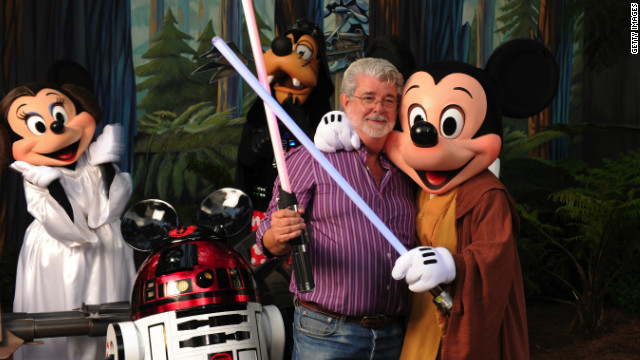
So yeah, I think Disney is a great place to maintain the franchise, I mean even Jim Henson felt that way when he planned on selling his own company to them right before he passed away. I once talked to him about that and I asked him “so why did you pick Disney?” and his joke was always “Well, everyone thinks the Muppets were created by Disney anyway, so why not give them the credit?”
He felt that Disney was always great at keeping characters alive over periods of time, whether it was in the parks or in the movies or TV, like what they’ve done with Marvel recently is a great example of that.
MS: How did you come to working with the Muppets?
KT: When I was working on Star Trek IV I met a woman who was an executive for a special effects company named Omnibus and her name was BJ Rack and her first husband was man named Jim Frawley, who is well known for directing the first Muppet Movie in 1979. She and I became friends becuase they were working on the effects for Star Trek IV and I showing her some storyboards from a potential television show that I was working on and she looked at it and said “oh my gosh, you should show this to Jim Henson! I think he would really like this, and I think you would get along well” and so she set up a meeting and I met up with Jim at the Bel-Air Hotel and we had brunch and we just sat in his bungalow and talked for a couple of hours as I showed him a giant portfolio of all my artwork and sketches and talked about movies like Dark Crystal and Labyrinth and we just hit it off, and he liked what I was doing.
Funny story: A few weeks later he called me up at my house. As you might know, Jim talked a lot like Kermit (does Kermit impression) and when my mom answered the phone and heard a Kermit-sounding voice she thought it was one of my friends prank-calling the house, so she kind of laughed at the call before handing me the phone, so when I got on the phone we talked and my mom was mortified when she found out, and she was worried she might have come across as rude on the phone, but Jim hadn’t mentioned anything of the sort.
Anyway, I started working with Jim via fax, phone, and mail during the time and would fly out to New York sometimes, and in 1988 I was hired part time and I went on to work on the Jim Henson Hour for a while, and then started to work full time for the company in the 90’s.
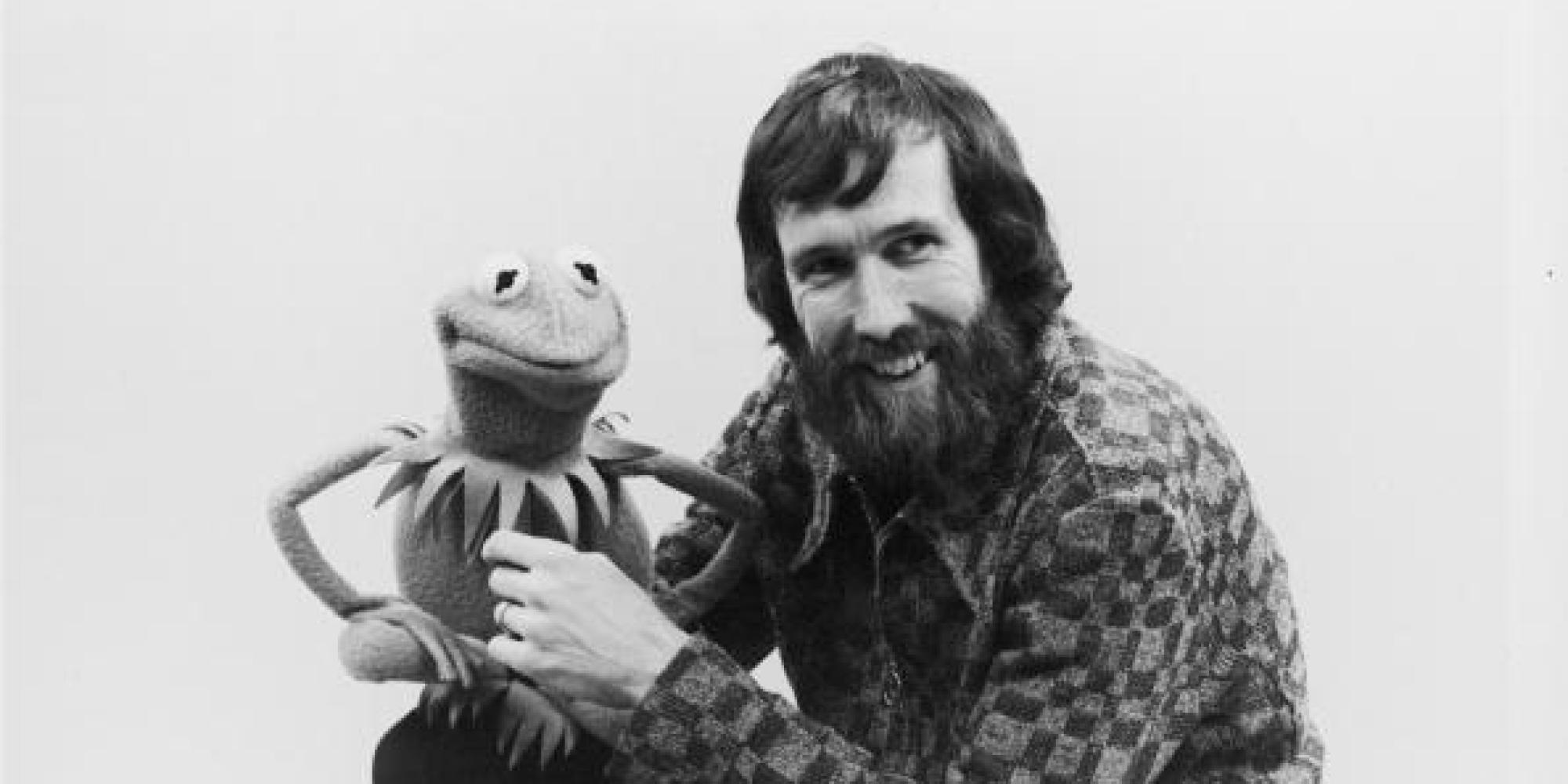
MS: What do you remember about your interactions with Jim Henson?
KT: Oh gosh, I could sit here for another hour talking about that!
It’s interesting: At that point I was kind of a cog in a lot of engines, like the Star Trek machine and the Star Wars machines so I was just happy to be on set and one of many craftsmen who worked on those films, a little higher up on the food chain on Star Trek with my Associate Producer credit as opposed to my Creature Shop Technician credit in Star Wars, but when I met Jim, I was kind of a nobody and was just some kid who worked on some backaround stuff, but he treated me with such respect (and not that I deserved it) and he really treated everybody with respect. There was never the feeling “hey, I’m Jim Henson and you should be thankful in my presence” and there was a full level of focus with him, meaning that when you were with him, he would always give you his undivided attention.
Sometimes you find some people in Hollywood who’s egos are so big that it’s very difficult to have any kind of focus from them because it’s always about how important they are and how you’re not that good, when Jim would always be “oh, that’s great” or “oh, that’s lovely” (in a Kermit like manner).
Jerry Nelson always had this great quote about Jim that he had a “whim of steel” and he was always relaxed and all that and he would just look at my stuff and say “that’s neat” or “that’s lovely” which always seemed like favourite phrases to him. Myself and anyone who worked with Jim always say: You never really felt like you worked for Jim and you worked with him, and it stands out becuase it’s rare. I worked with a lot of people in Hollywood (directors, producers, executives) and they’re not terrible people but you don’t get that same sort of feeling and respect. Jim was always great at looking at his employees as equals and not as an underling.
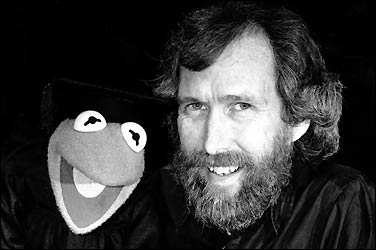
MS: Can you explain some of the challenges in the running of the Henson Company in the years following Jim’s passing?
KT: Well, I wasn’t running it, so I can’t speak specifically, but the challenges were obvious, with somebody who was big in the company is gone there’s obviously a huge gap to fill. Of course, we all chipped in, and his son Brian Henson took over as his job of CEO which was really a huge task and a big undertaking, he did a tremendous job of taking the reins, and we all sort of rallied around him and we did the show Dinosaurs, which we were developing before Jim passed away. In some ways, it was kind of a blessing that we already had another project in the works so we didn’t just have to sit around wondering “what do we do now?” It’s good that there was something for the company to focus on and it was a nice transition to work on something that we actually worked on with Jim.
MS: The 90’s era sitcom Muppets Tonight introduced a slew of new Muppet characters. Why did the Henson team deem it necessary to introduce many new characters to the Muppet ensemble in the place of some of the classic characters?
KT: Well, we didn’t get rid of any characters, we only introduced new ones and there were two reasons for that. One was, Jim wasn’t around anymore, and we felt we needed to grow the franchise with new characters, just like Star Wars didn’t just stick with Han, Luke and Leia, we felt we should grow out to make it a bigger world. Plus, the Muppet show had dozens of backaround characters like Bobby Benson, Wayne and Wanda, Lew Zealand and they were always creating new characters and creatures for new gags, and if they were funny they would end up sticking around, which is exactly how Miss Piggy came to fruition. 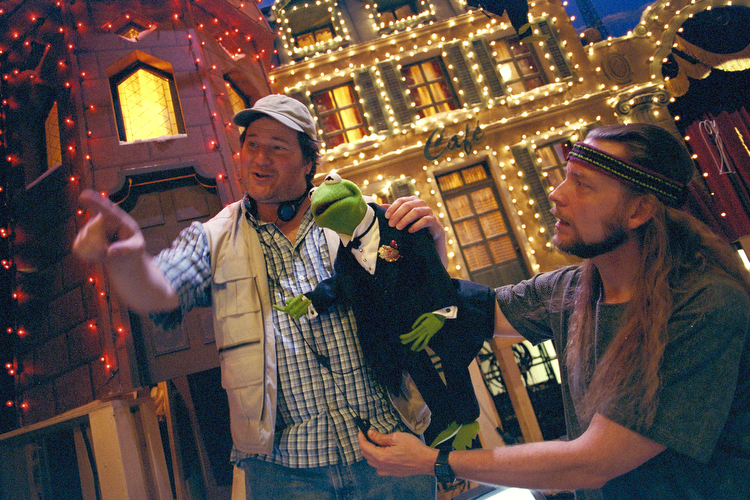
They sort of just threw eyelashes and hair on a pig and intended her as a backaround character and Frank [Oz] kind brought her to life and she grew out of that.
We also wanted to create new characters for the new performers like Bill Barretta and Kevin Clash who weren’t around during The Muppet Show. So it was sort of two-fold by giving these performers characters that they could ‘own’ instead of just taking on Jim, Frank or Richard’s characters.
I know there are a lot of fans who are harsh and say “we don’t care about your new characters, we just want to see the characters we already love” and the problem is you can’t really do a lot with a character like Lew Zealand or Uncle Deadly. These characters are my absolute favourites, and I would do an entire show about them, they’re hilarious.
I also think that any franchise that doesn’t grow to itself eventually just gets stale. This is just my own personal opinion, but I personally don’t care if Kermit and Piggy never get married. I think it’s been done to death, I be much more interested to see them married and what they wuld look like if they had kids, and there’s only a number of times you can do that gag and they’ve been doing it for forty years. So for reasons like that, I think it’s just a natural need to create new characters and new stories.

Be on the lookout for part two of our interview in which we discuss the fate of Muppets Tonight, the creation of Muppet Treasure Island, and some behind-the-scenes stories on Muppet productions that never came to be!

